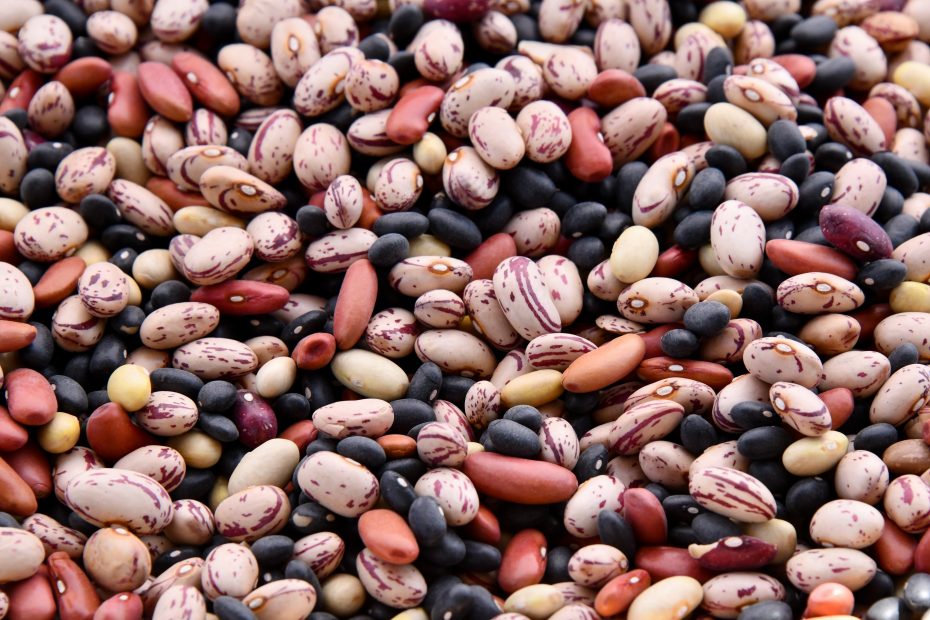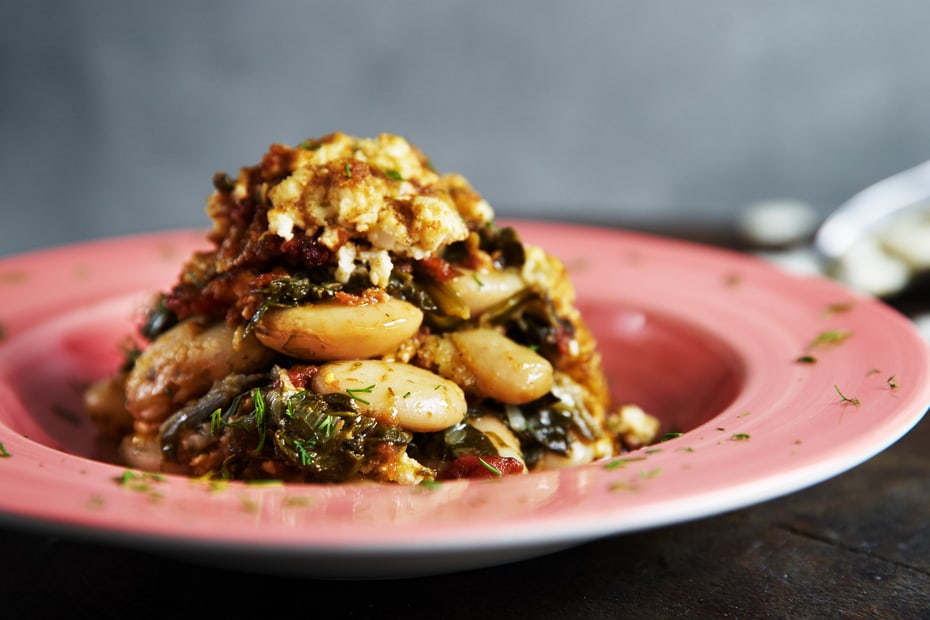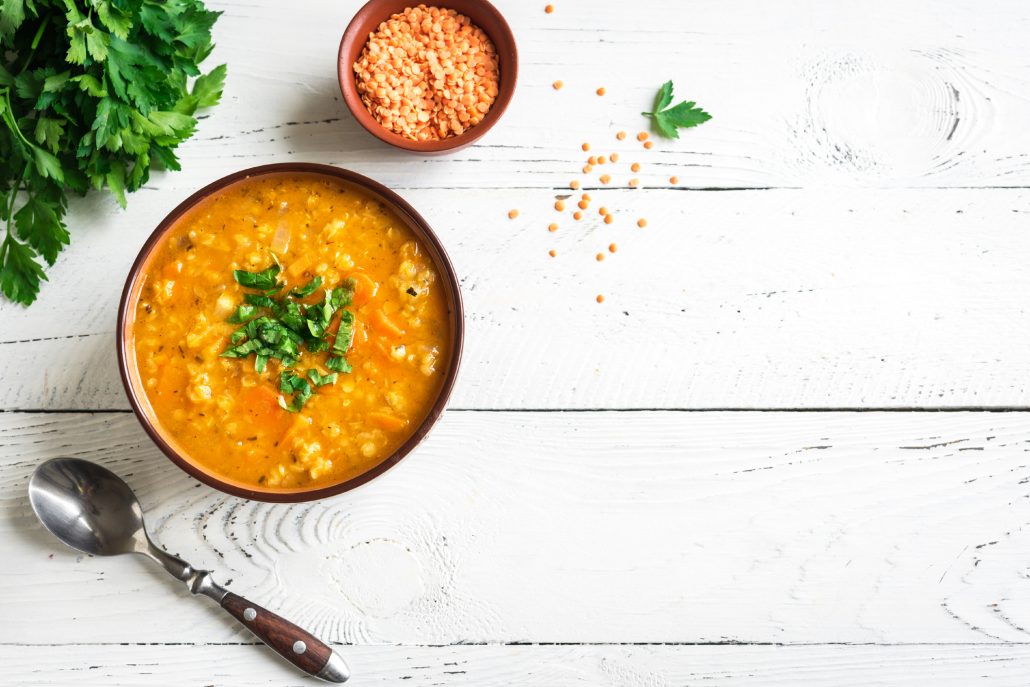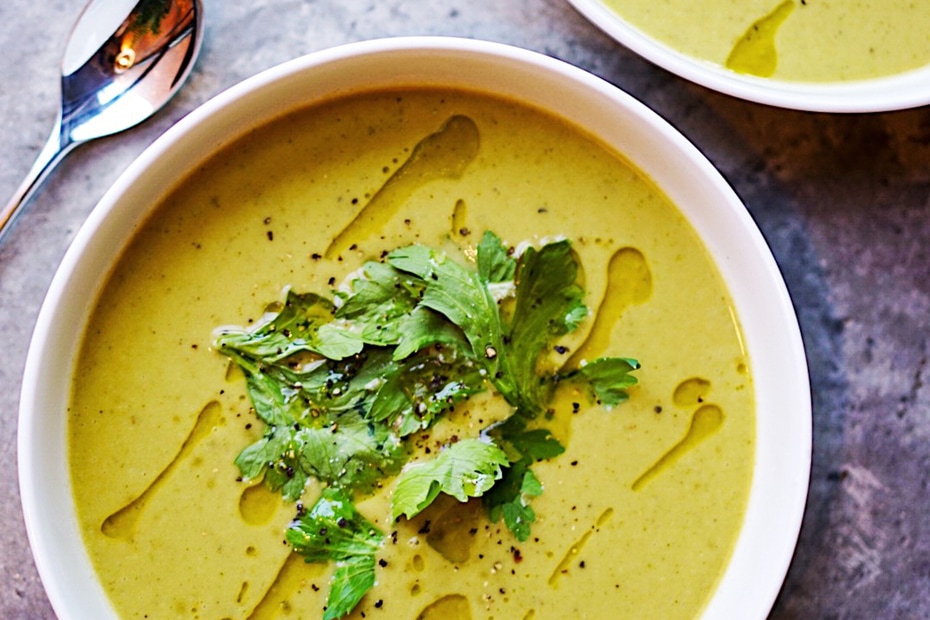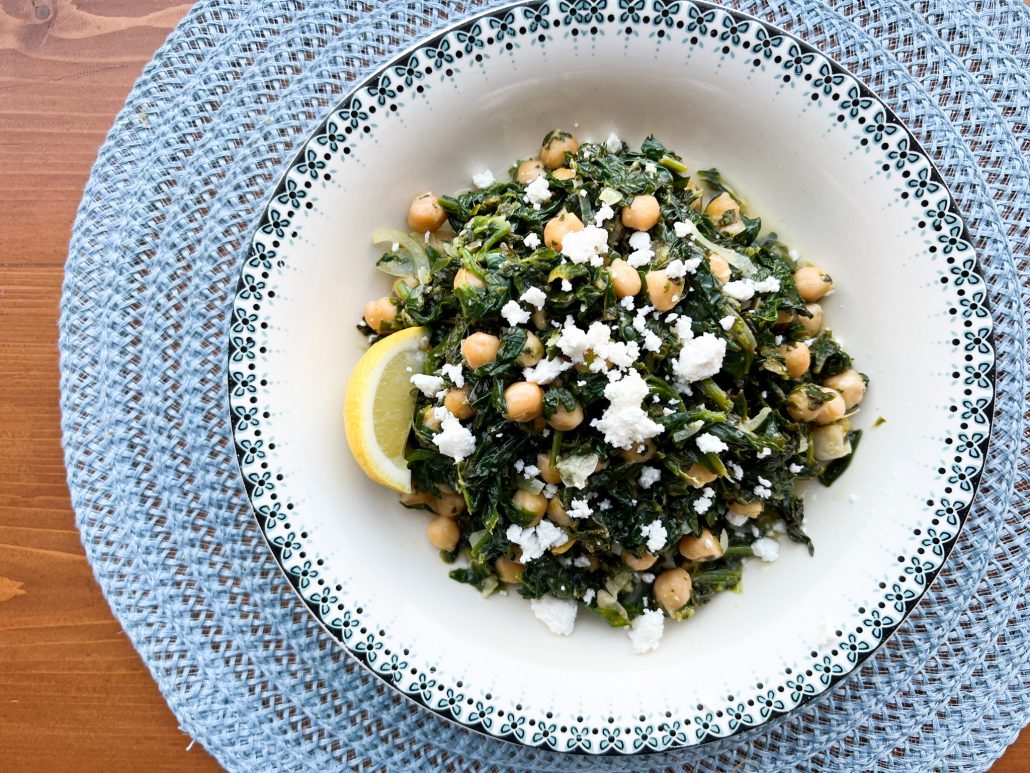I have talked a lot about the Mediterranean diet being less of a diet – with all the strict rules and shaming that comes with a strict list of what you can and can’t eat – and more of a mindset. Food should equal pleasure! And cooking should be a way to feel good and excited about what you’re putting into your body. The Mediterranean diet should also be accessible anywhere – even outside of Greece. It’s just a matter of knowing what elements and Mediterranean ingredients are the most important.
So today, I want to emphasize beans and pulses, a Greek pantry item that packs a nutritional punch. Beans and pulses are considered one of the traditional Greek foods, a staple of the Greek table and a simple, healthy, and economical way to care for your body. Although Greeks consume many different kinds of beans and pulses, the oldest are no doubt the broad bean, the chick pea and the lentil, which have been savored all over the Mediterranean since…well, as long as this diet has existed, really!
Adding beans and pulses into your everyday rotation is proven to increase longevity. Changes like eating at least 3 servings of beans each week are crucial – by default, this change will also help to phase meat out of your diet. You can even pair these with a grain like barley or quinoa to help you hit your dietary goals.
Below, I’ve included some prime pulse examples, and my favorite recipes for incorporating them onto your Greek table, wherever you are!
Gigantes
Gigantes, or giant beans, are hugely popular in Greece. These beans are loaded with protein, making them the perfect main and a wonderful replacement for meat; they’re also low in saturated fats. You’ll find them in some of the most classic Greek recipes: baked casseroles loaded with tomatoes and other vegetables, or occasionally served with a generous amount of local extra virgin Greek olive oil, some lemon juice, and a sprinkle of oregano. My Gigantes baked with spinach and feta are the perfect way to ease into this delicious food group!
Lentils
Did you know that lentils fall in the category of beans and pulses? So you might already have a bag of them laying around somewhere – it’s just a matter of finding the right recipe to use them, like any of the classic Greek lentil soups (or slightly more contemporary takes on the old favorite) and pilafs. This humble pulse is a nutritional powerhouse, packed with protein and fiber, as well as potassium, iron, and other vitamins. There are many varieties of lentils that are native or popular around the Mediterranean and many varieties,
Split Peas
If you’re already familiar with the meze dishes of the Greek table, you probably have heard of fava, which are actually yellow split peas in Greece. They’re a staple throughout the Cyclades, particularly on Sifnos and Santorini, and they usually come as a creamy, dense puree, topped with raw onions and a drizzle of olive oil. You can also find it in fritter form, another popular Cycladic rendition, or even in a creamy soup with an extra boost from cilantro and truffle oil.
Chickpeas
Chickpeas have a long history in the Greek kitchen, and there are oh-so-many ways to bring them into your own. Cook them with greens or eggplant, boil them to add them into a salad, or add them into soups – really, they’re incredibly versatile and great additions to just about any dish. They’re another good replacement for meat, with plenty of protein, but they also are a great source of vitamins, minerals, and fiber, while also helping with managing your weight, helping out with digestion, and reducing the risk of heart disease.
